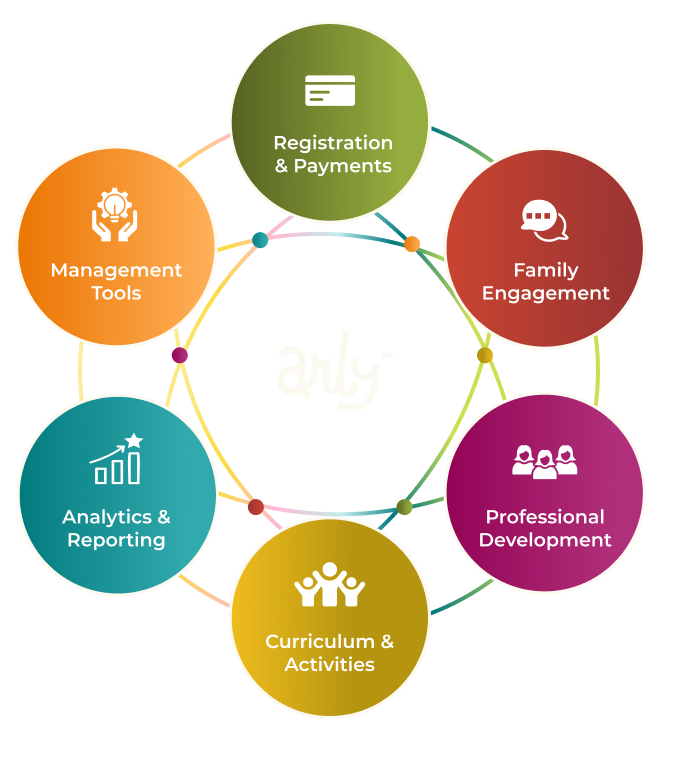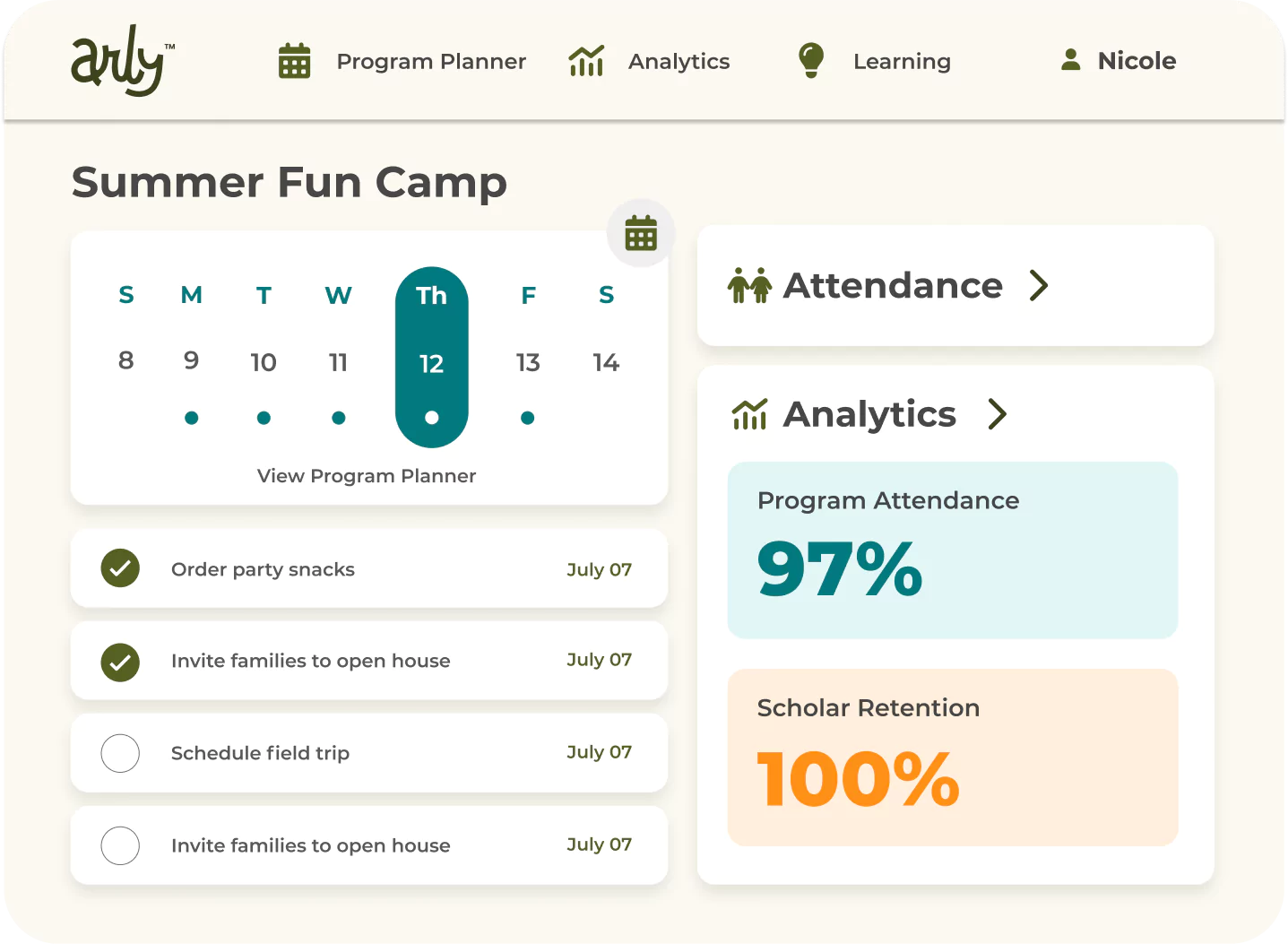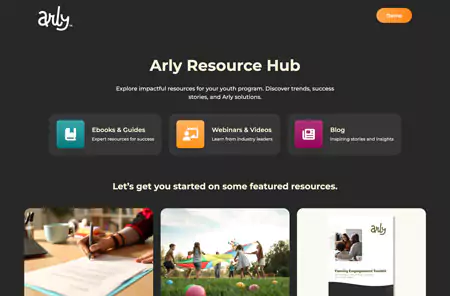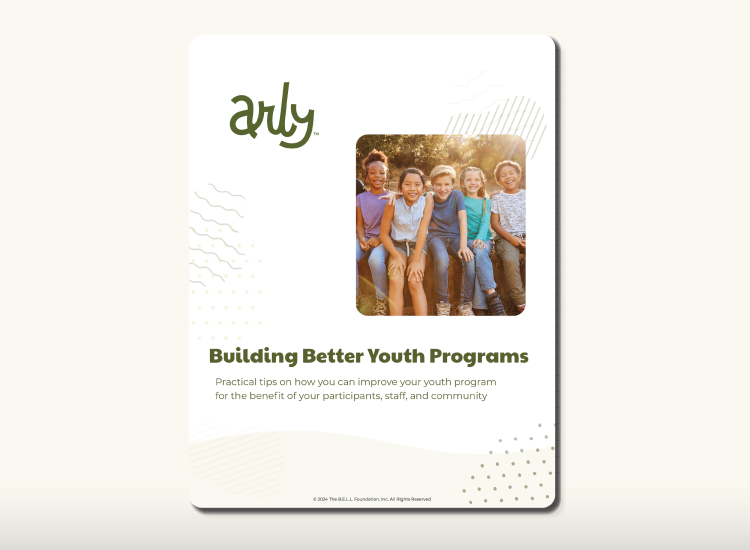Build a Smooth Staff Onboarding Experience
By Arly Communications on August 4, 2022
What’s the best way to make your staff feel valued from day one? How can you set a foundation that will encourage your staff to grow as members of a learning community?
Excellent onboarding.
So, what makes excellent staff onboarding? New environments and places can feel a bit intimidating. The right approach breaks the ice naturally, helps your team understand their duties and your expectations, and nurtures meaningful workplace connections. To get there, you need to turn your staff onboarding into an immersive orientation that excites them, then watch that passion snowball in your program.
Here’s your roadmap for an excellent onboarding experience.
Create a proactive staff onboarding plan.
Planning is vital to winning. The best onboarding plans are proactive, setting the stage for success and providing clear benchmarks. Remember that onboarding establishes culture and gives your team members the information they need to thrive.
We’ll talk more about culture in a moment. First, make onboarding meaningful, and start with:
- Setting clear goals for your program, then structuring onboarding goals around those objectives. For example, if your goal is to improve reading skills, identify evidence-based strategies for doing so, then teach those as part of staff onboarding.
- Treating onboarding as the foundation of your professional development benefits — because it is. Expand upon base skills continuously throughout the program with the foresight that these same skills will continue to develop throughout their career and well beyond your program.
- Making thoughtful use of your platform. If you use a technology platform to manage or run aspects of your program, ask yourself what it’s done for you lately. Think about the resources it offers—can you use these to make orientation more effective?
- Familiarizing staff with onboarding materials. In programs with an academic focus, be sure to set expectations and share and review curriculum and teaching resources, and demonstrate how to monitor progress so staff can instruct kiddos properly, making them comfortable with the curriculum before day one.
- Drawing on previous experience. Good programs are dynamic, continuously learning from the past. Read staff feedback from previous efforts, and use it to make future experiences better.
Know the 5 characteristics of exceptional staff onboarding.
No matter the focus, all good staff onboarding programs share some characteristics:
Compliance
The primary goal should be to instill an understanding of your program’s culture and policies, the rules you must follow for regulatory and grant purposes, and the skills educators need. This may include:
- An outline of the curriculum
- Information about ideal teaching style
- Behavior management
- Key details about accessing buildings and technology
- An orientation to any rubrics you plan to use to measure success
Clarification
From administrators to teachers and supporting staff, everyone in your program should know their role and be able to identify their key objectives. Work with each new hire to help them understand how they can assist with building an exceptional program.
Culture
Culture is crucial. It includes all the things that your program takes for granted but may be more difficult to articulate.
Nurturing a unique, positive climate is an important aspect of youth programs. Students should feel safe and valued in your program, and helping staff understand how to create that type of environment should be part of your onboarding experience. Consider what your team can do to foster a positive program culture and address any challenges students are likely to encounter both in the program and at home.
An inclusive learning environment ensures that all students can engage meaningfully in every activity and lesson. This means that your educators must prepare for and respond to their scholars’ differences to ensure that everyone has the access, support, and resources they need to be successful.
Many programs emphasize family engagement, so you'll want your staff to be open, communicative, and prepared to capture and share memories over the course of the program.
Lastly, don’t be afraid to say it out loud! Identify your program’s cultural goals, and share them with the people charged with protecting that culture.
Connection
Good programs build skills through connected relationships. If your team feels respected and valued, they’ll treat students with dignity and respect. Onboarding should water the seeds of lasting relationships, bringing them to germination so that your team already has a strong rapport on the first day of programming.
Check Back
Your educators are the lifeblood of your program. Their opinions, feelings, and experiences with your program matter. Take the time to check in on staff to see how they're doing, if they have any questions, or if they need any assistance.
Pro tip: Use validated surveys and anonymous feedback to gather as much data as you can about the onboarding experience. Open-ended questions are also important ways to collect feedback you might not otherwise get, so be sure to ask educators if there’s anything else they would like to share. Build from good to great by listening to the people who participate in your staff onboarding.
Learn How to Level Up Your Onboarding
At Arly, we’ve got your back. Our platform can support your onboarding process with ready-made staff training session kits, professional development topics such as culture and climate, behavior management, teaching guides, engagement strategies, policies and procedures, and more evidence-based programs.
In other words, you’ve got this! And we can help. Schedule a demo today!






%20(63).png)

%20(33).png)
%20(30).png)
%20(40).png)